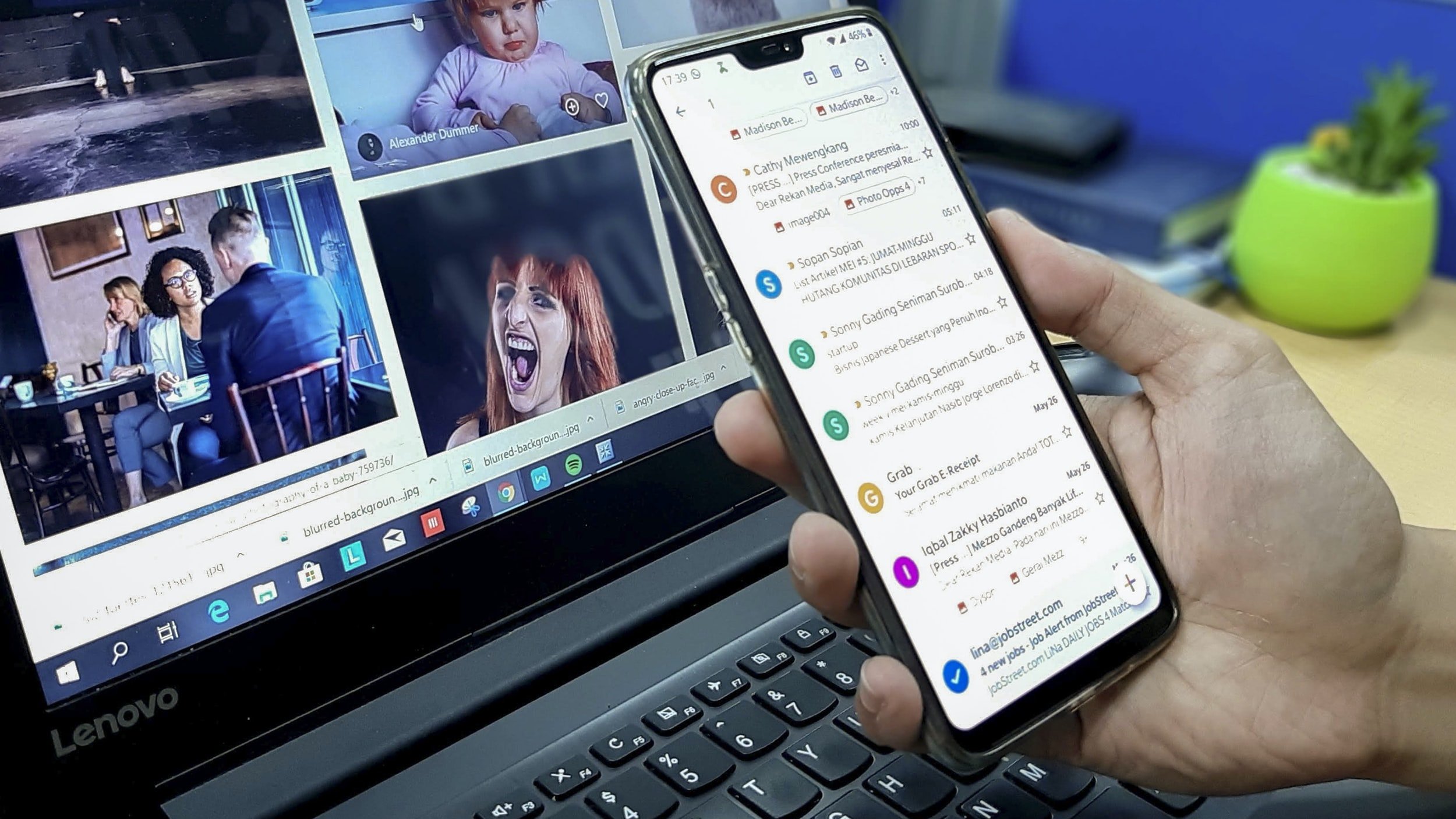The importance of taking a break and how it can help with motivation and focus
/When was the last time you took a break?
Taking a break is more important than ever as we approach year-end deadlines, vacations and a new year. Many of us are also working from home which has distrubed many of the daily rhythms that might trigger taking a break. With that in mind, let’s take a look at why it’s important to take a break when it comes to your mental and physical health. Then we will learn how taking a break boosts motivation and focus.
Taking a break is important for your health
When you’re working, you slowly lose concentration and focus. In fact, studies show our attention span really only lasts anywhere from 15 to 40 minutes. We also slowly develop decision fatigue.
“Willpower and focus and concentration and working on problem-solving are all coming from the same pool of cognitive resources. More significantly, it’s really a scarce resource that’s easily depleted,” said expert Kathy Sierra.
Taking a break resets your baseline. When you take a break, your body can refuel your levels of concentration, problem-solving and focus. Without breaks, your brain is running on fumes.
While you’re working, you are under stress. Sometimes that’s healthy stress, sometimes it’s more severe. Either way, it’s clear that you, your body and your brain are not relaxed while working. Researchers have found that breaks can reduce stress and even prevent it if done right.
Related: Tips for a happy and productive home office
Taking a break is perhaps as important for you physically as it is mentally. For example, your eyes operate differently when looking at a computer screen for a prolonged amount of time. That means less blinking and more strain. So, taking a break allows the eye muscles to relax. Likewise, your wrists and arms from typing and using the mouse can become fatigued in unnatural positions and prolonged usage. Sitting too long is hard on certain muscles and can even raise the risk of a heart attack. On the contrary, if you can make active breaks a habit, you can really help your health.
“It’s clear that you, your body and your brain are not relaxed while working. Researchers have found that breaks can reduce stress and even prevent it if done right.”
Taking a break is a motivation hack
When you’re working, your brain is constantly engaged to help you achieve the task or goal at hand. That’s very taxing so when you take a break and let your mind rest, it renews your motivation all on it’s own. You gain motivation by switching your brain into a different mode. Our brains have two modes: “focused mode” and “diffuse mode.” The focus mode is where our brains are on a set path and mode of thinking. In diffuse, we allow our minds to wander and follow natural trains of thought. Both modes are good and necessary, but diffuse mode is often when we have breakthroughs (think of how often you’ve had a great idea in the shower or on a walk), improved creativity and when we solve problems. When something like that happens on your break, you’re more likely to go back into focus mode motivated and ready to tackle the task at hand!
Breaks can also motivate many people to focus and finish in order to earn a brief respite.
Need help focusing? Breaks are the answer
As we’ve seen, our brains and bodies do not have an endless supply of energy and power. They need breaks to reset and refresh. By mindfully planning and engaging in breaks, you are giving your brain the ability to focus by taking it off task, letting it wander a bit and then allowing it to refocus with renewed energy.
Taking a break is defined simply as “a brief cessation of work, physical exertion, or activity.” With that in mind, don’t over-complicate taking breaks, but be sure to work them into your day. If you need ideas for taking breaks, try the five ideas listed here.
Related: Take a break to get more motivation & focus
Copyright © 2022 by Janine Morales, Professional Home and Business Organizer and Certified KonMari™ Consultant in San Diego and surrounding areas






































